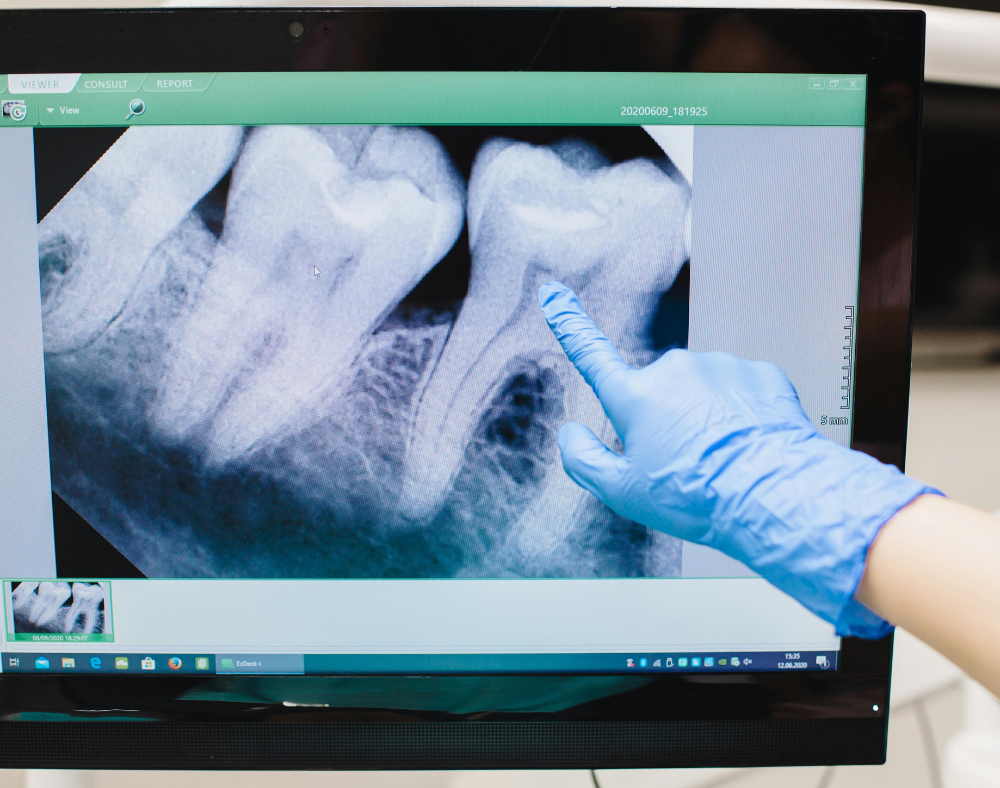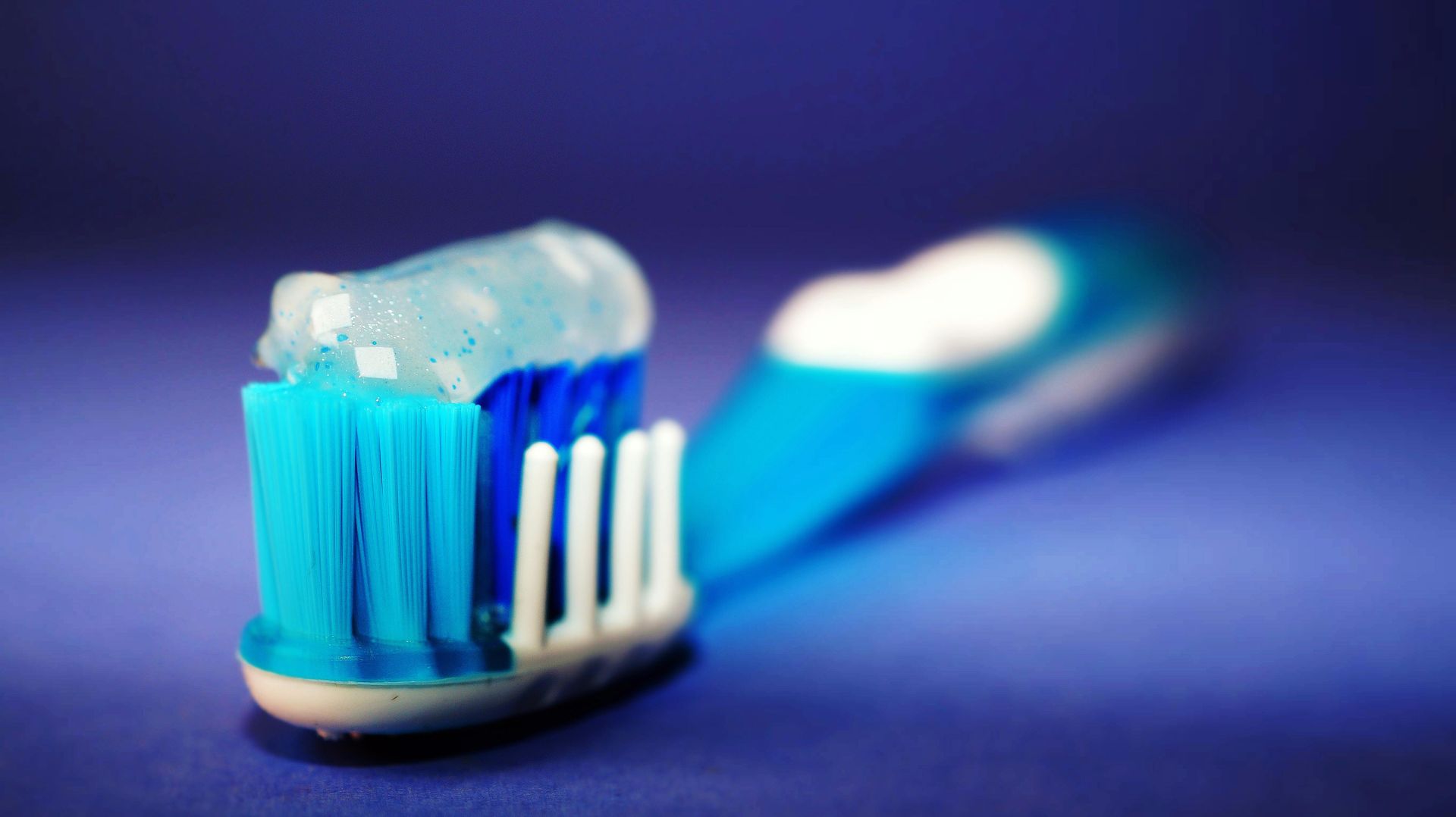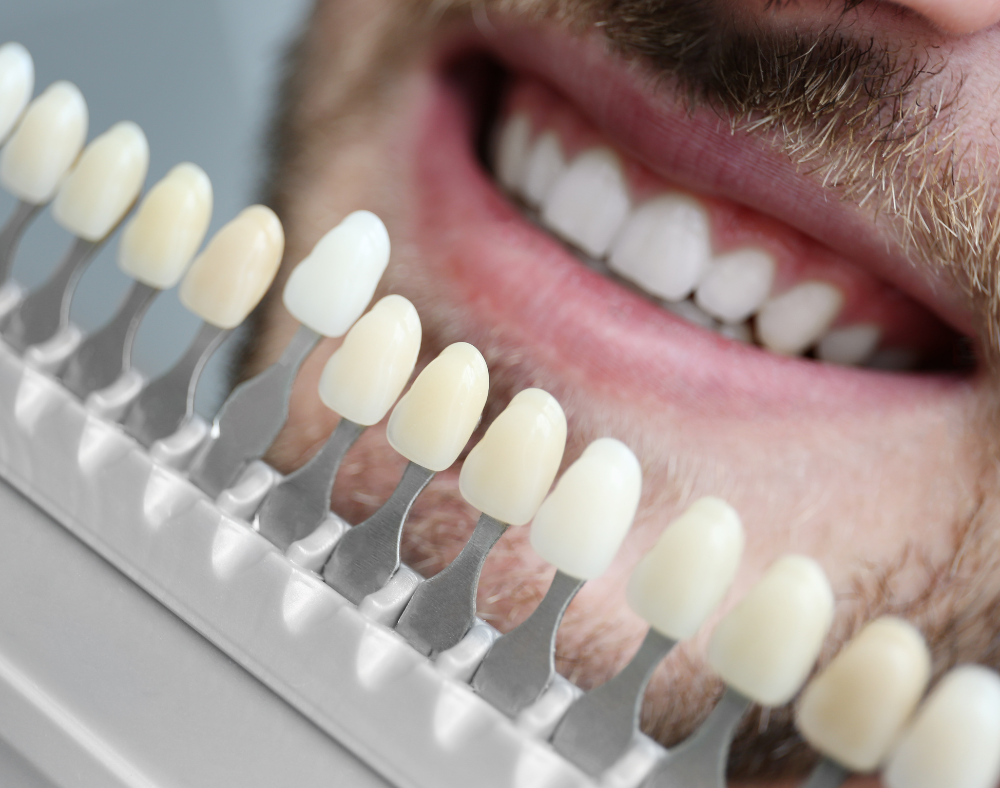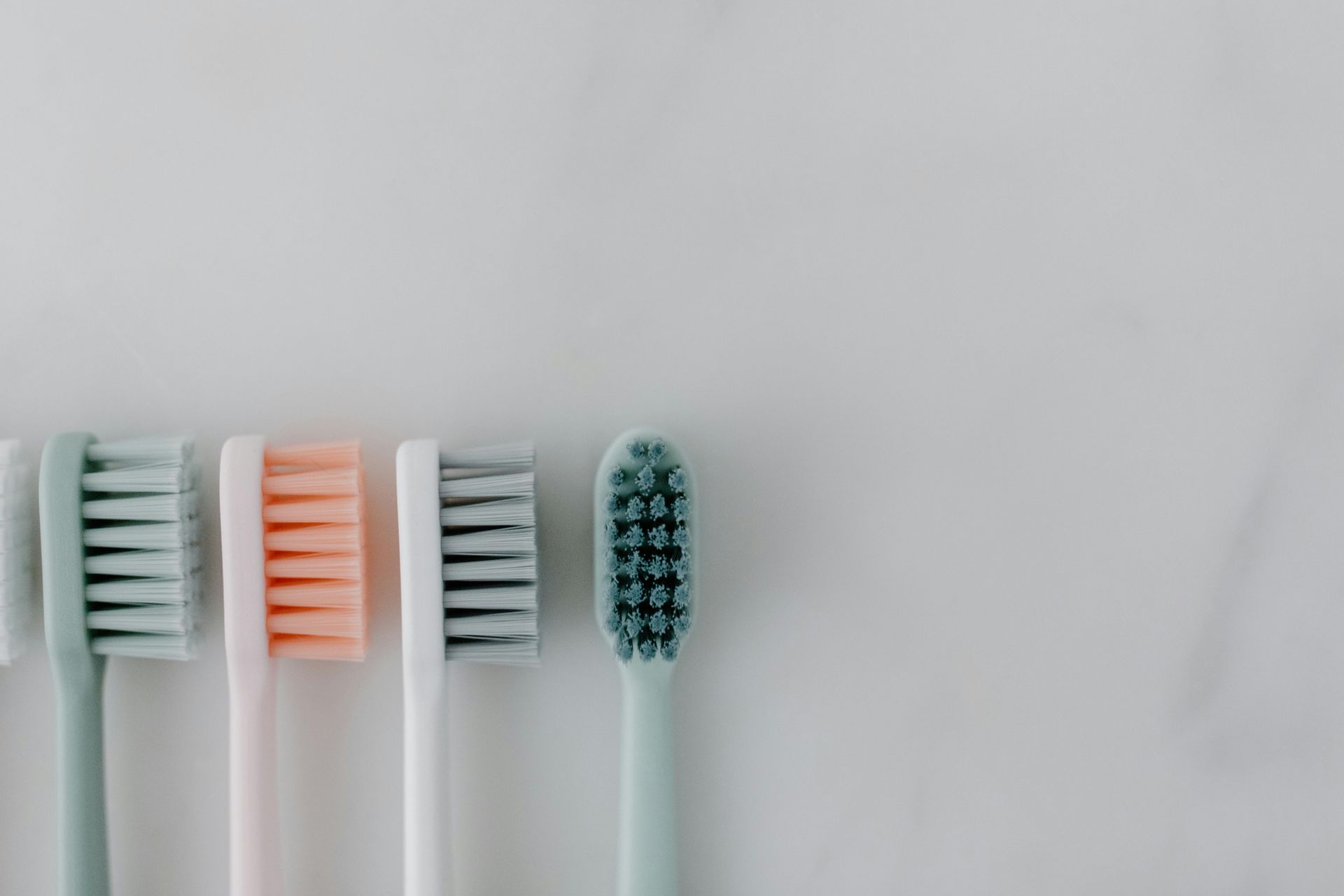Dental Insurance
INSURANCE
I'm losing my job / retiring, should I buy dental insurance privately?
TL;DR - if you can get an HSA then I’d do that and pay out of pocket. Paying for dental with pre-tax dollars probably saves the most money, it’s the most flexible as far as seeing the doctor you want and getting treatment you need, and it doesn't saddle you with appreciably any more risk than you’d have while insured anyway.
This article is not strict financial advice, just my observations as a dentist in the US. Consult your tax professional / financial advisor for advice specific to your situation.
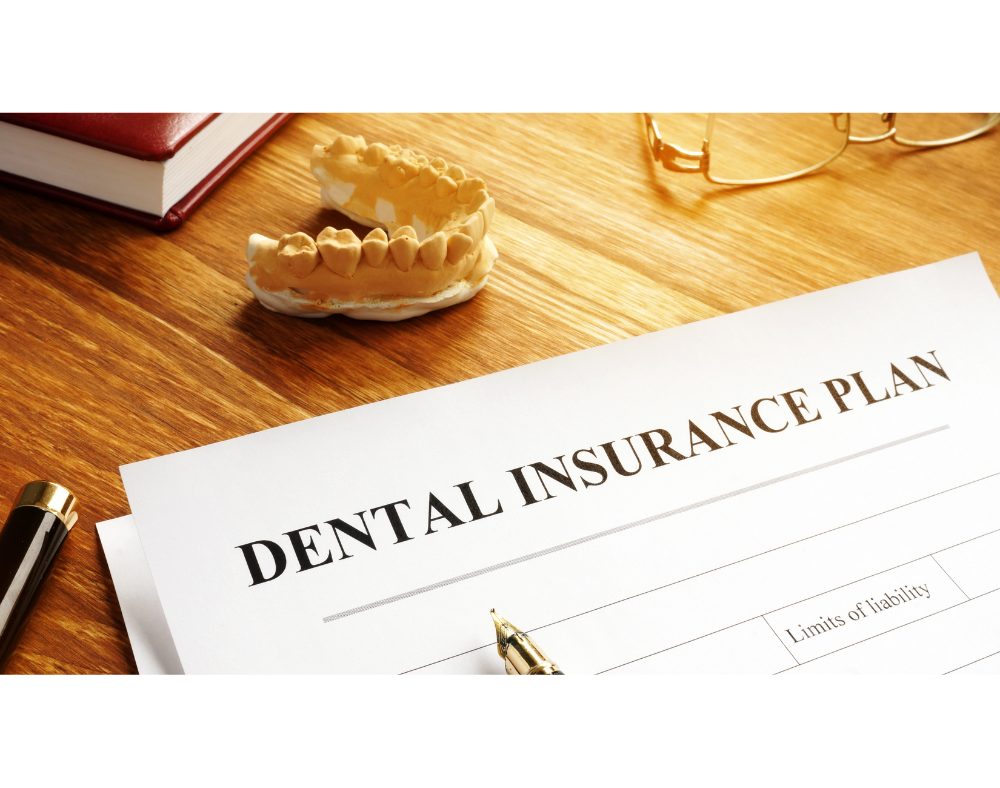
Dental insurance is kind of a funny beast. A typical PPO dental plan (where you can pick your own doctor) operates OPPOSITE of medical insurance. Medical insurance makes you pay deductibles and copays for the first several thousand dollars, but then if the expenses really start to add up they cover everything after your “Max out of pocket” has been met. Dental insurance is the opposite. Let me provide an example….
For a typical PPO single subscriber plan you’d probably pay a premium around $750 per year with a $1500/year max. Insurance will cover some or all of the initial costs - usually 100% of preventive/diagnostic like exams and x-rays, 80% of minor work (fillings, extractions), and 50% of major work (implants, crowns, bridges). The crucial difference, though, is that the insurance will never pay more than the annual max, you are responsible for copays AND all costs over the annual max.
Let’s look at a couple of examples:
- No treatment year
- Cleanings and exams ($500) covered at 100%
- Retail cost of all dental services: $500
- Total annual patient costs: $750 (premium)
- Moderate treatment year
- Cleanings and exams ($500) covered at 100%
- One filling ($400) - covered at 80%. Out of pocket = $80
- One crown ($1800) - covered at 50%. Out of pocket expense = $900
- Retail cost of all dental services: $500+$400+$1800 = $2700.
- Total annual patient costs: $750 (premium) +$80 (copay) +$900 (copay) = $1730
- BIG treatment year
- Cleanings and exams - ($500) covered at 100%
- 3 unit bridge - $6000. OOP expense = $5000 ($1000 coverage left after the cleanings were covered, rest is pt responsibility)
- Retail cost of all dental services: $6500
- Total annual patient costs: $750 (premium) + $5000 (bridge copay) = $5750.

As you can see in a low treatment year it costs more to have insurance and in a high treatment year there is some benefit, but you are not substantially protected from high dental costs. The intermediate cost years are the best “value” to the patient. It’s my estimate that in a typical good-faith dental practice a new patient gets “fixed up” in the first year or two in the practice, with a majority of that cost being borne by the patient, then generally goes into a maintenance mode with very little new treatment and the advantage goes to the insurance company whose premiums are more than maintenance costs they are paying out annually.
Possible solutions to this scenario to the advantage of the patient. Tax advantaged savings plans like FSA or HSA may enable you to pay for dental work directly but with pre-tax dollars. This would allow you to go to any dentist you want and pay for basically any procedure you need without denied claims. Depending on your tax rate you could realize up to 30-40% of savings. There are some restrictions that apply so check with your tax/financial advisor/HR advisor to see if any of these options might be open to you.
You MAY have the clever idea to just wait until you have a problem and THEN buy dental insurance. But the insurance companies are not dumb. They design for this situation by having claim waiting periods of 6-12 months before they will allow any major work to be covered and/or exclude pre-existing conditions (prior tooth loss, etc).
